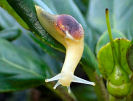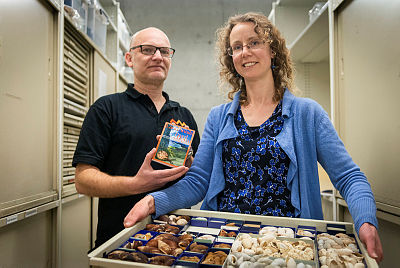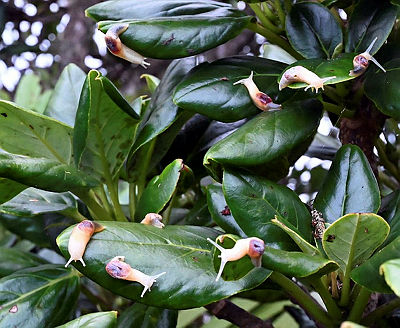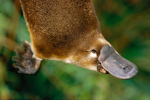
 The Australian Museum has published the first ever field guide to the land snails of Lord Howe Island, by Australian Museum (AM) scientists, Dr. Isabel Hyman and Dr. Frank Köehler. Featuring over 80 species, with detailed colour photos, the guide showcases how these small unique and beautiful gastropods play a vital role in the health of an ecosystem.
The Australian Museum has published the first ever field guide to the land snails of Lord Howe Island, by Australian Museum (AM) scientists, Dr. Isabel Hyman and Dr. Frank Köehler. Featuring over 80 species, with detailed colour photos, the guide showcases how these small unique and beautiful gastropods play a vital role in the health of an ecosystem.
Dr. Köehler said that LHI has Australia’s highest diversity of land snails, with around 65 species not found anywhere else.

“Lord Howe Island is well-known for its many unique animals, such as the Lord Howe Island Woodhen and the Lord Howe Island Phasmid, Less well-known are the many different species of endemic land snails.” Köehler said.
“The field guide reveals the stunning snail biodiversity of LHI, and through the imagery and maps, makes it very easy for both the novice and expert to identify them,” Lead author Hyman said.
Having studied these snails since the AM expedition to LHI and Balls Pyramid in 2017, Hyman and Köehler said that many of the snails have suffered badly from predation by introduced rats since 1918.
“Five species have declined so drastically that they are considered Endangered or Critically Endangered. But following an island-wide rodent eradication program undertaken in 2019, we are hoping to see an increase in the populations of these rare creatures,” Hyman said.
Köehler said that after the rat eradication, they were originally expecting a slow recovery in the snail populations, maybe visible only after two or three years.

 Well, it’s got to be the platypus. Everything about the platypus is utterly ridiculous. The fact that this animal even exists is is a defiant middle finger to everything we traditionally thought about how mammals work. It’s no secret that it looks weird, but I doubt many know just how weird it truly is, so let’s take a deep dive into the platypus world.
Well, it’s got to be the platypus. Everything about the platypus is utterly ridiculous. The fact that this animal even exists is is a defiant middle finger to everything we traditionally thought about how mammals work. It’s no secret that it looks weird, but I doubt many know just how weird it truly is, so let’s take a deep dive into the platypus world.

 The Australian Museum has published the first ever field guide to the land snails of Lord Howe Island, by Australian Museum (AM) scientists, Dr. Isabel Hyman and Dr. Frank Köehler. Featuring over 80 species, with detailed colour photos, the guide showcases how these small unique and beautiful gastropods play a vital role in the health of an ecosystem.
The Australian Museum has published the first ever field guide to the land snails of Lord Howe Island, by Australian Museum (AM) scientists, Dr. Isabel Hyman and Dr. Frank Köehler. Featuring over 80 species, with detailed colour photos, the guide showcases how these small unique and beautiful gastropods play a vital role in the health of an ecosystem.

Recent comments